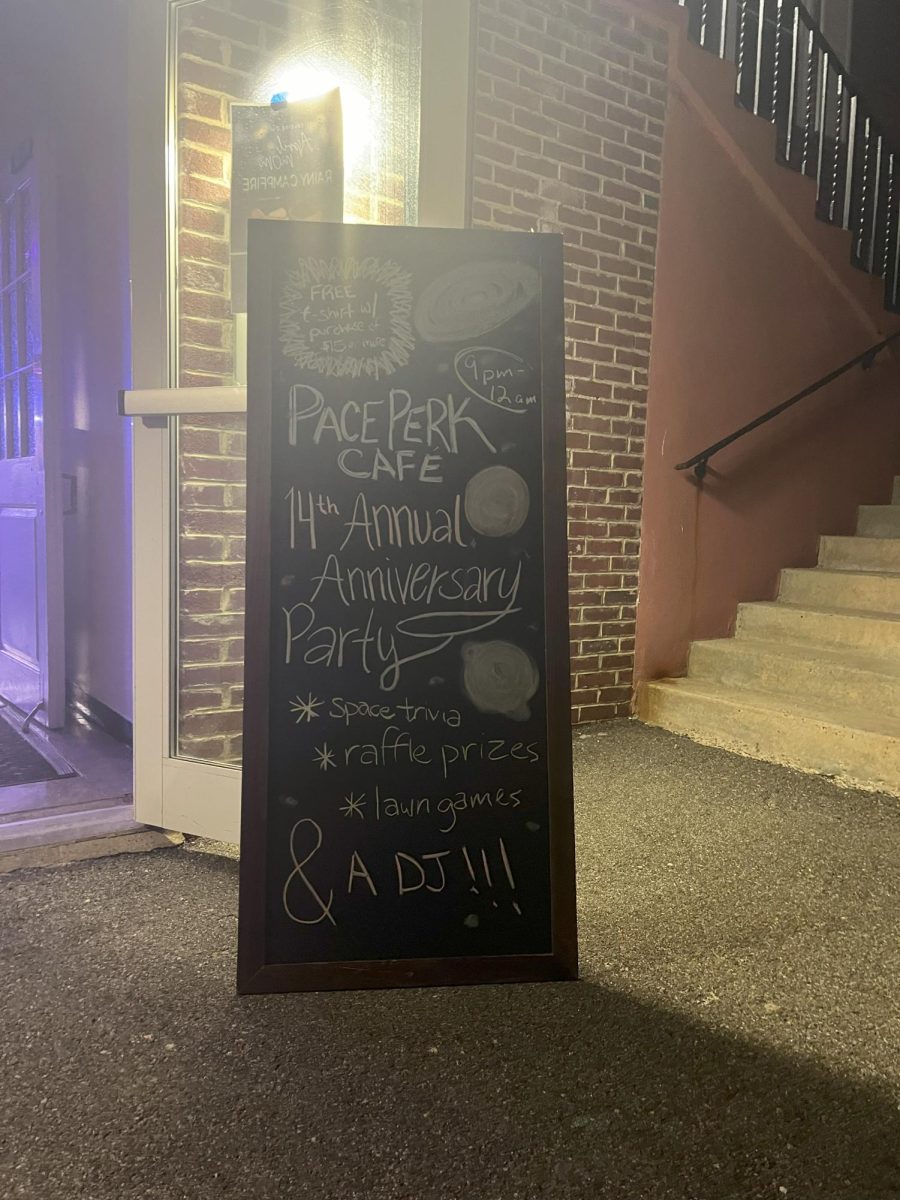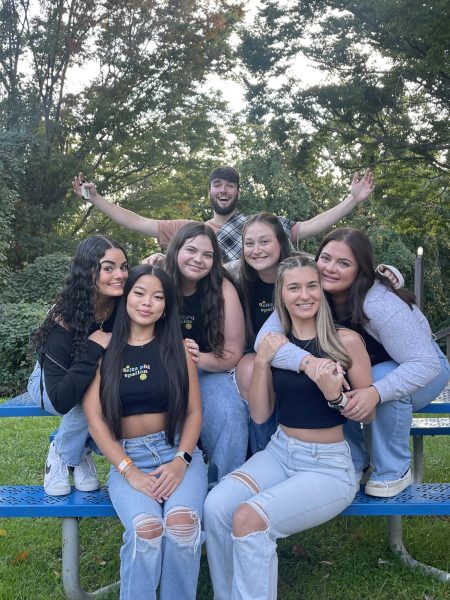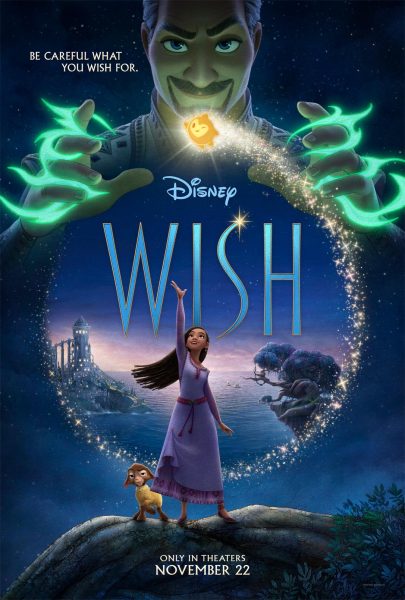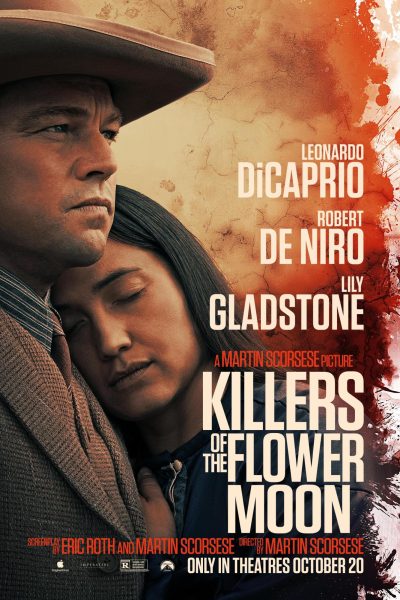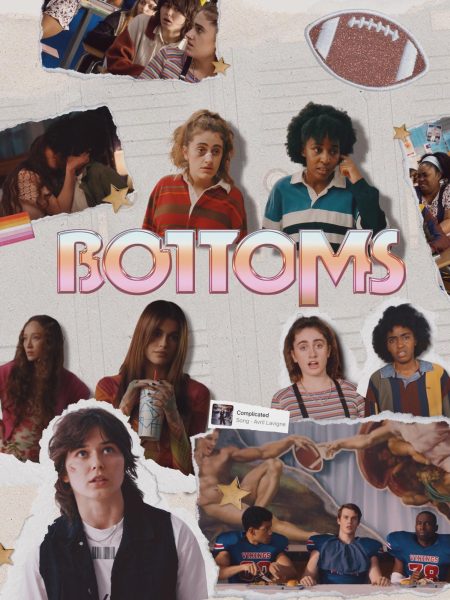Hindu’s Holi: The Festival Of Colors

April 25, 2014
As I was pacing across Shirley Beth’s Way on Thursday evening, I found scatterings of colored powder upon the bricks and concrete, stretching onto the grass of Miller Lawn, like a Jackson Pollock painting. I suddenly remembered DHOSA (Desi Heritage of South Asia) had hosted its second annual Holi festival earlier that same evening, where they, as Holi tradition dictates, threw colored powder at one another.
Holi, also referred to as a festival of colors, was originally an ancient Hindu tradition that was meant to celebrate the arrival of spring and new life.
According to BBC Religions, Holika was a female demon and a sister to Hiranyakashap, a demon king. Prahalad was Hiranyakashap’s son, but Hiranyakashap despised him because he worshipped the god Vishnu, the preserver of the universe. The king decided to kill Prahalad, but was unsuccessful in his various attempts. Therefore, he asked Holika to rid him of his son. Holika had a gift of immunity to fire, which had been bestowed upon her by the gods, so she snatched Prahalad and trapped herself with him within a fire. However, because Holika was using her gift for evil, her power was relinquished, and she burned into a pile of ash. Prahalad, having prayed and remained loyal to Vishnu throughout his ordeal, prevailed. To celebrate this legend, large bonfires are often burned during Holi.
It’s important to note that, while Holi’s origins are based in Hindu religion, it is no longer considered a religious festival. In fact, it is celebrated by non-Hindus throughout South Asia, though it is most common in India and Nepal. It is also growing in popularity throughout Europe and North America as a means of lighthearted celebration of spring, love, and colors. During Holi, characteristics such as caste, class, age, and gender are considered irrelevant. There is, at the same time, rivalry between the sexes, meaning there are competitions and games where the sexes compete against one another and publicly flirt.
“We had this event in order to spread awareness on this festival and give a chance for everyone to get together and experience it as well. People from all different races and cultures come together to celebrate a South Asian festival,” said DHOSA’s president Sonam Patel, who explained how equality is emphasized within the festival. “When everyone is covered in these different colors it represents equality. Since everyone looks the same, there is no discrimination or racism.”

